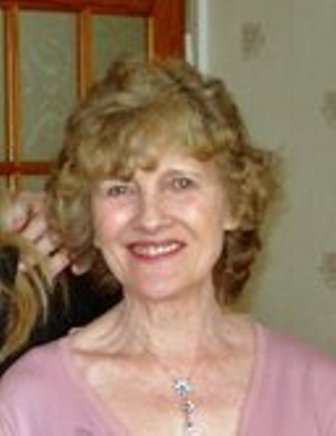
Resources Search Results - full record

Title MY WORLD WAR 11 EXPERIENCES BY NANCY LANGSTON Description
When war broke out on 3rd September 1939 I was five years old. I was born and lived in Hemel Hempstead with my parents and three-year-old brother Michael. My father was in the Territorial Army then joined the Home Guard whose Headquarters was in a building in Heath Lane cemetery. He was issued with a rifle which was left in the house when he was at work at John Dickinsons in Apsley. In 1942 he was conscripted into the Royal Air Force.
Within a very short time our flower garden had been dug up and vegetables and small fruit bushes planted so that we always had plenty of fresh food despite the meagre allowance we had after ration books were introduced in January 1940. Rationing finally ended in 1954. As my mother had been a cook at Heath Brow School she managed what little food we did have very well.
My grandmother came to live with us and used to go to local hedgerows to supplement our diet and bring home crab apples and anything else edible including stinging nettles which were boiled and eaten. We also had a pet duck so had a regular supply of eggs. My grandmother was a seamstress and would go to local "rummage" sales and buy old clothing to wash and redesign for the family and neighbours. She would also buy old knitted garments to unpick and re-knit so we were quite well-dressed children for that time. Clothing coupons had also been introduced and we were saving ours for a cousin's wedding.
I remember collecting rose hips and taking them to the Ministry of Food Office in the High Street and was paid two shillings and sixpence (12? p) for a bag full. These were used to make rose-hip syrup which was distributed to babies. Orange juice and cod liver oil and malt was also obtainable to supplement babies' diet as fresh fruits were unobtainable during the war.
One day a train travelling to Northampton with evacuees from London was halted at Boxmoor Station when the siren went and a lot of people got off to look for accommodation in the area because it was considered to be a safe haven. Our evacuee was a 4-year-old boy from Hackney who lived with us for over two years.
There was a fear that we would be bombed and I remember everybody in the road went to see a stirrup pump demonstration so we would know what to do should an incendiary bomb fall nearby. Somehow we felt safe as army barracks were built and occupied just 500 yards from our house. One of the neighbours went to great trouble to build an Anderson shelter in their garden but as we didn't have a cupboard under the stairs or a garden shelter we all sat under the dining room table when the siren went. Our windows were criss-crossed with strips of brown sticky paper and blackout curtains were made for each window. Bicycle and car head lamps were readjusted to reduce the beam of light and all road signs were taken down and iron railings taken from front gardens to be melted down for making weapons. As petrol or diesel fuel became unavailable buses were fitted with a device which enabled them to run on a gas mixture. This fuel was held in a container which was attached to the rear of the bus.
I went to Corner Hall Infants School then on to Boxmoor Junior School and remember a neighbour collecting a classmate to tell her that her father had been killed in action.Keywords Home Guard, rationing, evacuees, bombing Collection Home Front Place Hemel Hempstead Year 1939 - 1945 Conflict World War Two File type html Record ID number 140 Can you add any more information to this resource?
If so please complete this form and we will be in touch